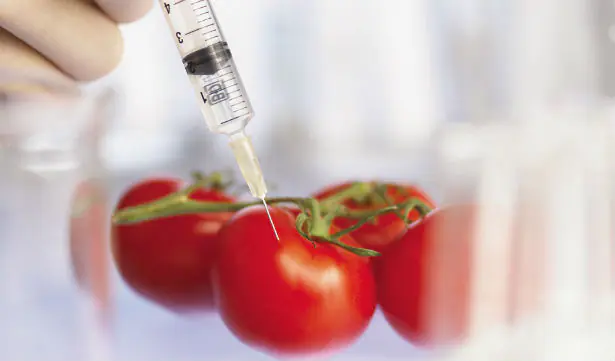The media is replete with various information about nutrition, and most often it boils down to the fact that many foods are harmful and you can’t eat practically anything. One of the burning topics is the issue of genetically modified products. To help my readers get a holistic picture of this issue, I WANT to seek advice from a specialist - biologist Ksenia Diska.
-
Ksenia, how do you react to the information about GMOs that you come across in the media?
-
On the Internet, I often see not only articles, but also entire blogs dedicated to GMOs. True, due to the illiteracy of those who cover this topic, most of the information about GM products is more like a horror story that has nothing in common with reality. At the same time, often people who oppose GMOs sincerely believe that they are right and that they are on the side of protecting human health and the ecology of the world. Unfortunately, the information they provide is superficial and not supported by the opinions of experts. And for some reason readers tend to take the word for everything that is written.
-
What do you attribute this to?
-
I attribute this illiteracy to the fact that the topic of GMOs and genetic engineering is quite young. After all, 10-15 years ago it was not yet in the school curriculum. Nowadays GMOs are studied in high schools, and this section requires effort to master. But due to the fact that at this age teenagers have increased levels of hormones, the topic passes by many students.
-
What does genetic engineering do?
-
Petr Obraztsov talks very well about this industry in his book “A Brief History of Food.” Genetic engineering (or genetic modification) is just accelerated selection. Previously, for thousands of years, people, in order to obtain the desired product or animal, applied the principle of selection: year after year, more tasty and healthy “tops and roots” were selected from the harvest, and more fat cows and the most delicious sheep were selected from animals. Now this process is accelerated tenfold: to obtain kiwi (selection-improved Asian gooseberry), it will no longer take 20 years of selection and replanting of the crop, but only a year for a specialist to instill the fertility gene of another plant into the gooseberry.
-
So what is a genetically modified organism?
-
This is an organism in which a “foreign” gene is embedded in its genetic material, next to its “native” genes. That is, GMOs are “instilled” with the desired properties. The essence of the process is the same as Michurin’s when he grafted the Chinese onto the Antonovka, but thanks to modern scientists we are gaining a lot of effort and time spent on this.
-
Give an example of “grafting” a desired property into a plant.
-
Some plants normally synthesize a protein that protects them from insects. This protein is inedible for insects, and, therefore, the plant itself is inedible, so the insect does not eat it. The task of genetic engineering is to take from a given plant a gene that is responsible for “inedibility” for an insect and transfer it to another plant. So, if previously the only protection against the Colorado potato beetle was constantly spraying potatoes with chemicals that killed part of the plants themselves, now potatoes themselves have a protein that is poisonous for insects.
-
What other examples of genetic engineering discoveries can you give?
-
This science has given man a number of medicines, thanks to the industrial breeding of bacteria that synthesize human insulin, hundreds of antibiotics and hormones for us. Also, thanks to genetic engineering, humanity has cold- and weed-resistant low-calorie soybeans and corn with a high starch content. Improved tomatoes, pumpkin and potatoes retain vitamins C, A and carotene better. For countries where rice is the main source of nutrition, a variety with a high content of vitamins and microelements has been obtained (it now contains vitamin A and iron, which will prevent diseases associated with their deficiency).
-
What does GM-pr affect in our body?



